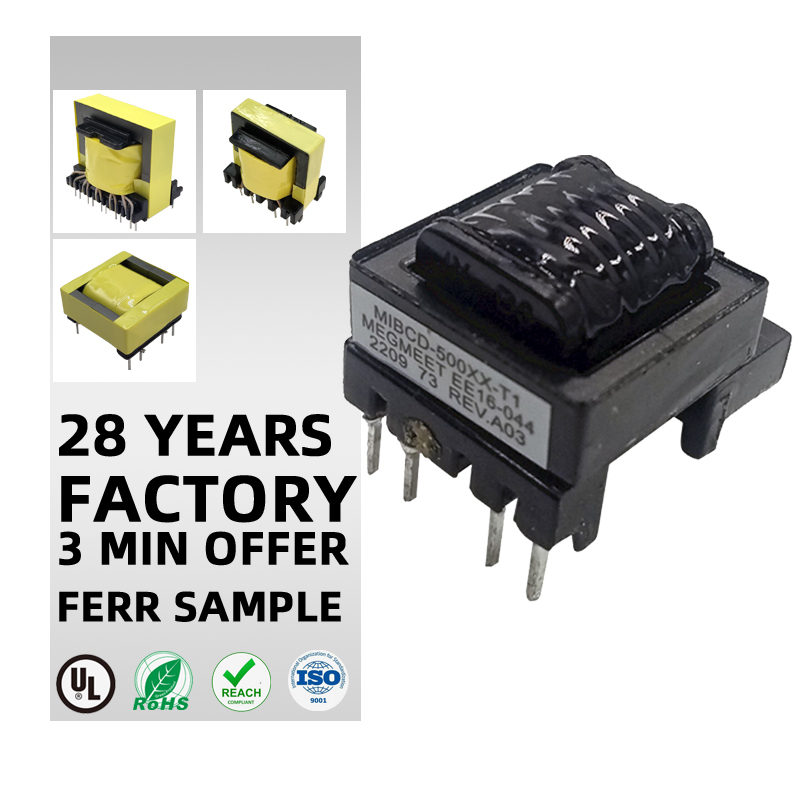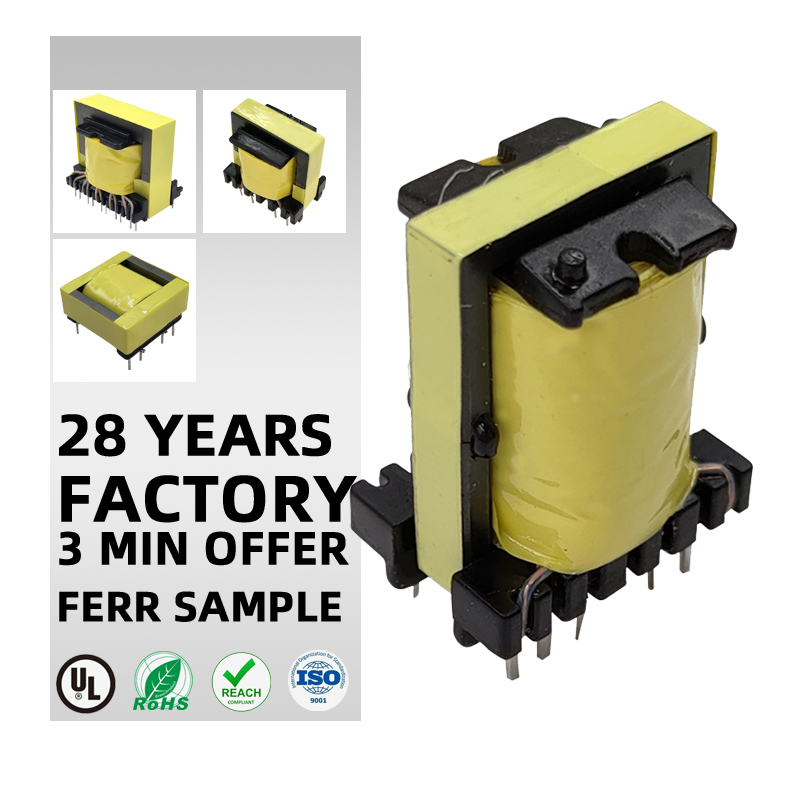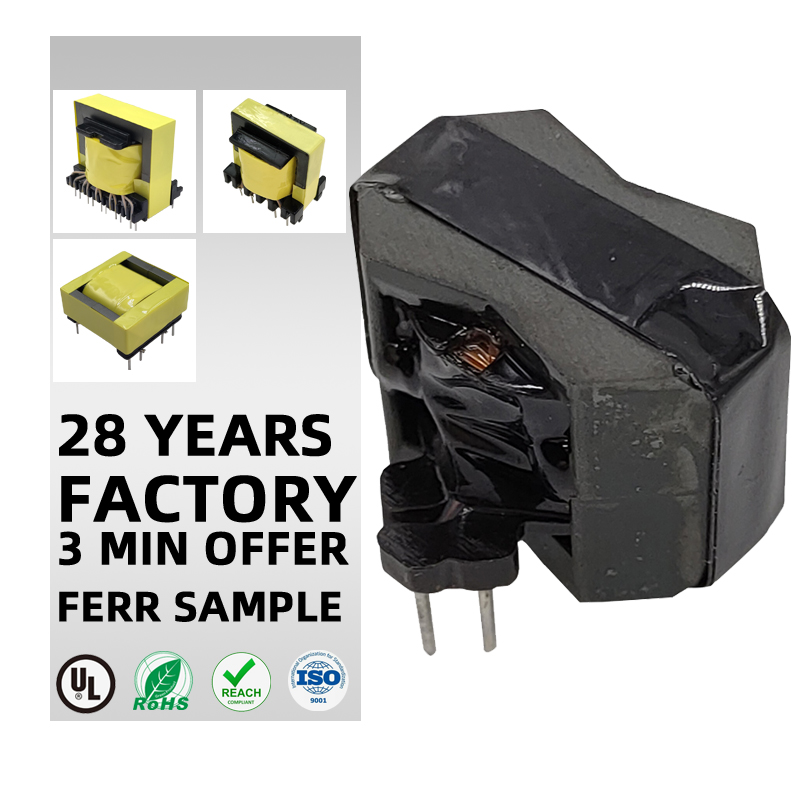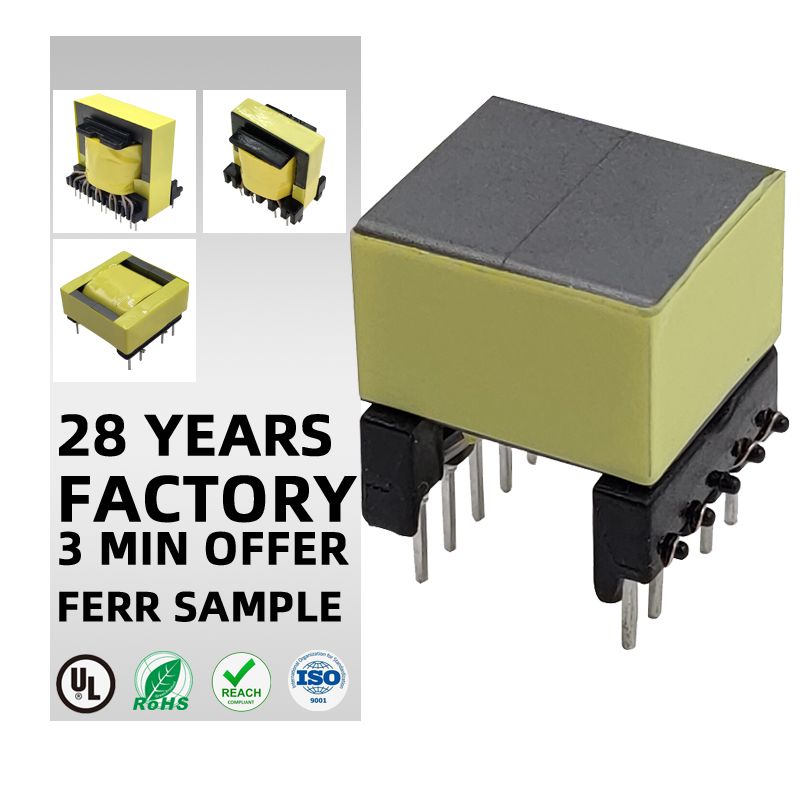What is the difference between a step up and a step down transformer?
2024-08-21
The primary difference between a step-up and a step-down transformer lies in how they transform voltage. Here’s a detailed breakdown of the differences:
1. Voltage Transformation:
-
Step-Up Transformer:
- Increases (steps up) the input voltage to a higher output voltage.
- Example: If the input voltage is 11 kV, it might step up the voltage to 132 kV for transmission.
-
Step-Down Transformer:
- Decreases (steps down) the input voltage to a lower output voltage.
- Example: If the input voltage is 132 kV, it might step down the voltage to 11 kV or 240V for distribution to homes or businesses.
2. Winding Configuration:
-
Step-Up Transformer:
- The secondary winding (output side) has more turns than the primary winding (input side).
- The voltage increases according to the turns ratio, where the number of turns in the secondary winding is greater than that in the primary winding.
-
Step-Down Transformer:
- The secondary winding has fewer turns than the primary winding.
- The voltage decreases according to the turns ratio, where the number of turns in the secondary winding is less than that in the primary winding.
3. Use in Power Systems:
-
Step-Up Transformer:
- Used primarily at power generation stations to increase the voltage of electricity generated by the power plant. High voltage is required for efficient long-distance transmission to reduce energy losses.
-
Step-Down Transformer:
- Used at substations and near end-users to lower the voltage for safe distribution. Step-down transformers are found in distribution networks and near residential or commercial areas where electricity needs to be at safe, usable levels.
4. Current Flow:
-
Step-Up Transformer:
- As the voltage increases, the current decreases to keep the power transfer constant, according to the formula P=V×IP = V \times I. Higher voltage results in lower current.
-
Step-Down Transformer:
- As the voltage decreases, the current increases, keeping the power transfer constant. Lower voltage results in higher current.
5. Physical Placement:
-
Step-Up Transformer:
- Installed near power generation sources such as power plants (hydroelectric, thermal, nuclear, solar farms, etc.) to increase voltage for efficient transmission over long distances.
-
Step-Down Transformer:
- Installed at distribution substations and near consumer end points, such as industrial facilities, commercial buildings, or residential neighborhoods, to reduce voltage to safe, usable levels.
6. Typical Voltage Levels:
-
Step-Up Transformer:
- Example of typical voltage transformation: 11 kV (generation voltage) stepped up to 132 kV, 220 kV, or even higher (depending on the transmission system).
-
Step-Down Transformer:
- Example of typical voltage transformation: 220 kV stepped down to 11 kV for regional distribution, or 11 kV stepped down to 240V for residential use.
7. Core Application:
-
Step-Up Transformer:
- Reduces transmission losses by stepping up the voltage, ensuring efficient transfer of power over long distances.
-
Step-Down Transformer:
- Ensures that electricity is safe for use by stepping down high transmission voltages to lower, more manageable levels suitable for consumption.
- Both types of transformers are essential for the efficient operation of the electrical power grid, ensuring that power can be transmitted over long distances and delivered at usable voltages for different types of loads.










